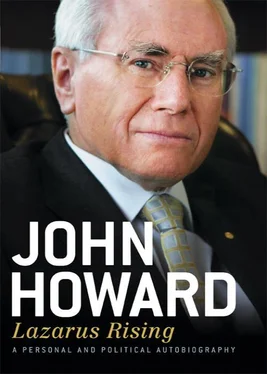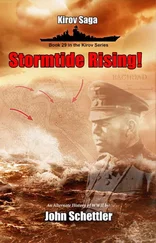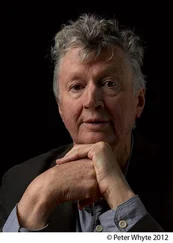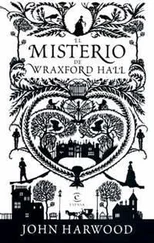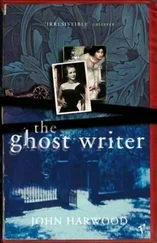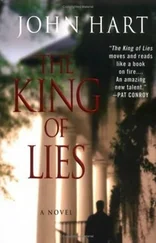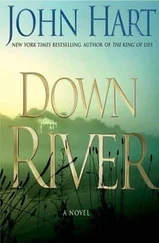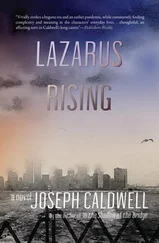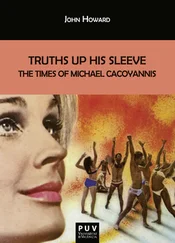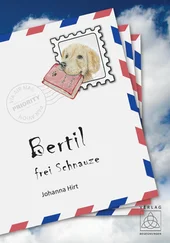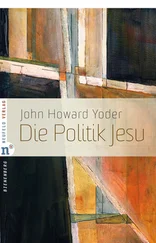I went back to Canberra that night with Grahame Morris and Tony Eggleton. The following day was devoted to a series of phone calls between me, Sparkes and Stone.
In my discussions, I told both Stone and Sparkes that whilst I accepted that a visit to Brisbane was necessary I would not undertake it in the absence of a guarantee that Joh would come good on acknowledging that his Canberra fantasy was over. They gave me those guarantees. I remained dubious but arranged to fly to Brisbane the next day.
There was a lot of fog at Canberra Airport the following morning, but that was not the real reason for my delayed departure on the RAAF jet. Maybury had rung Eggleton very early to say that Joh was having second thoughts — more likely that Maybury had persuaded Joh to have those second thoughts. At one point Maybury rang my home looking for me. He spoke to Janette and told her that the whole thing was off. Agonising phone calls followed, with my speaking to Sparkes, Maybury and finally Joh. I obtained Joh’s word. His press secretary, Ken Crook, even read out the news release Joh would issue.
I finally left for Brisbane. The meeting with the Queensland Premier was awkward but it achieved its purpose. A statement was issued which declared our determination to work together to defeat the Hawke Government. Deference was paid to the Queensland Nationals’ views on taxation, without compromising anything which the Liberal Party might say on the subject during the election campaign. Bjelke-Petersen’s demeanour was of a man who knew that his great dream would not be realised.
When I returned to Canberra, the house was still sitting. There were predictable cries of derision from the Labor side of the house that I had behaved weakly towards Bjelke-Petersen. I was happy to wear all of that. Hawke even moved a censure motion against me; that was going too far. He sounded rather foolish. A week earlier I would not have thought anything like what had been achieved in the previous 48 hours was remotely possible. Against all the odds of recent months, I now gave the Liberal Party just a faint chance of winning the election racing towards us. But the odds against us were colossal.
* * *
The really fatal blow to our 1987 election campaign was the discovery by the Labor Government of a double counting error in the Liberal tax policy after that policy had been released on 10 June at Box Hill in Melbourne.
Savings from cutting expenditure on certain programs were also included in savings from reducing payments to the states which, in turn, had included some payments under those same programs. The mistake involved several hundred million dollars. The tax policy document had been largely prepared in my office but also with the involvement of the relevant shadow ministers. All had been working under near impossible conditions, but when parties make mistakes of this kind, they have to carry the blame. No excuses are permitted. It was our mistake, and when it was exposed, it did us irreparable damage. If the policy had been prepared under different conditions, then adequate time would have been available for further checking, and I am sure that the mistake would not have arisen.
I had to go through the painful experience of calling a press conference, admitting the error and endeavouring to explain that the tax commitments we had made elsewhere in the policy could be properly funded in another manner. I did the best I could but the damage had already been done. Although he did not tell me at the time, Tony Eggleton later let me know that a private poll conducted for the party by Gary Morgan not long after the tax error was discovered showed that the Coalition was 18 points behind Labor.
Although it was of little ultimate consolation, the rest of the campaign went remarkably well for the Liberal Party. Bob Hawke refused to debate me, which barely earned a rebuke from the press.
The Liberal and National parties achieved a nationwide swing of 1 per cent. The final result on a two-party-preferred basis was 50.8 per cent for Labor to 49.2 per cent for the Coalition; we had actually shaded the ALP on the primary vote. Unfortunately for the opposition parties, the swing had not been evenly distributed, and despite the nationwide swing in its favour, the Coalition suffered a net loss of seats to the ALP. The Liberals won the suburban seats of Lowe in Sydney and Chisholm in Melbourne, but lost Michael Hodgman’s seat of Denison in Tasmania as well as the Queensland seats of Forde, Petrie, Hinkler and Fisher. Labor also captured the Northern Territory from the Country Liberal Party. Hawke increased his majority from 16 to 24 seats.
The cumulative leadership difficulties within the Liberal Party, the broken coalition as well as the policy mistakes had severely damaged our chances. It was, nonetheless, clear from a regional analysis of the poll that electors had especially punished the Queensland Nationals. Not only did both parties lose seats in Queensland but the loss of the Northern Territory could also be attributed in no small part to the Queensland connection.
The ‘Joh for PM’ push destroyed more than the Coalition’s prospects in the 1987 election. It began the Queensland Premier’s own political decline. Not only had he been unsuccessful in his bid for Canberra but, in the process, had done much gratuitous harm to what was still seen as his side of politics in its bid to unseat the Hawke Government.
In a few short months he went from being a political Messiah to someone whose best years were behind him. To all but his most ardent followers Joh increasingly became a political liability.
For all the damage he had done to our prospects in the 1987 election, I recognised the huge contribution he made to his state as Premier. At his state memorial service in Kingaroy, some 18 years later, on 3 May 2005, I said, ‘The reality nonetheless is that he made a massive contribution, a defining contribution, to the growth and the expansion of the state of Queensland.’
The ‘Joh for PM’ campaign had wrecked our chances of winning in 1987. I must acknowledge though that disunity in the Liberal Party helped create a vacuum on the anti-Labor side of politics. This encouraged Joh and his supporters to think that they could successfully indulge their ludicrous political fantasy. A completely united, strongly performing Liberal Party would not necessarily have aborted the Joh push but at the very least it would have given its architects greater pause to think.
After the election Andrew Peacock stood for the leadership against me and I defeated him by 41 to 28. He was then easily elected as deputy leader and immediately became shadow Treasurer. Thus began a period of time in which we worked together in quite close professional harmony.
There was a strong feeling within the party that I should be given a fair go. Most accepted that the period leading up to the election campaign, particularly the rupture of the federal coalition, had presented me with an impossible task at the 1987 election and although we had lost seats, the Liberal vote had held up better than might have been expected. Also, due in part to the influx of new MPs from both the 1984 and 1987 elections, there was greater support for my brand of economic policy. Peter Reith, Alexander Downer and Julian Beale had entered in 1984; John Hewson in 1987.
The period from the 1987 election until the end of 1988 was one of calm and unity within the Coalition, with one exception. That was the debate on Asian immigration. After the 1987 election the leaks stopped, and gradually the Liberal Party assumed the appearance of unity. The federal coalition was re-formed, and the federal influence of the Queensland Nationals greatly diminished.
The double-dissolution election had not given the Hawke Government control of the Senate, so the opposition was able to kill off the Australia Card by threatening to block any regulations made under Australia Card legislation, using its majority in the Senate. The Australia Card needed regulations to operate. Bob Hawke did not mourn the loss of the Australia Card.
Читать дальше
